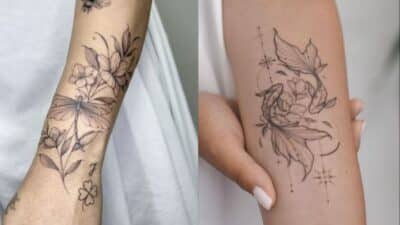Rose tattoos are popular because they carry deep and varied meanings. They often symbolize love, beauty, and strength. People choose rose tattoos to express emotions or personal stories through a symbol that blends elegance and boldness.
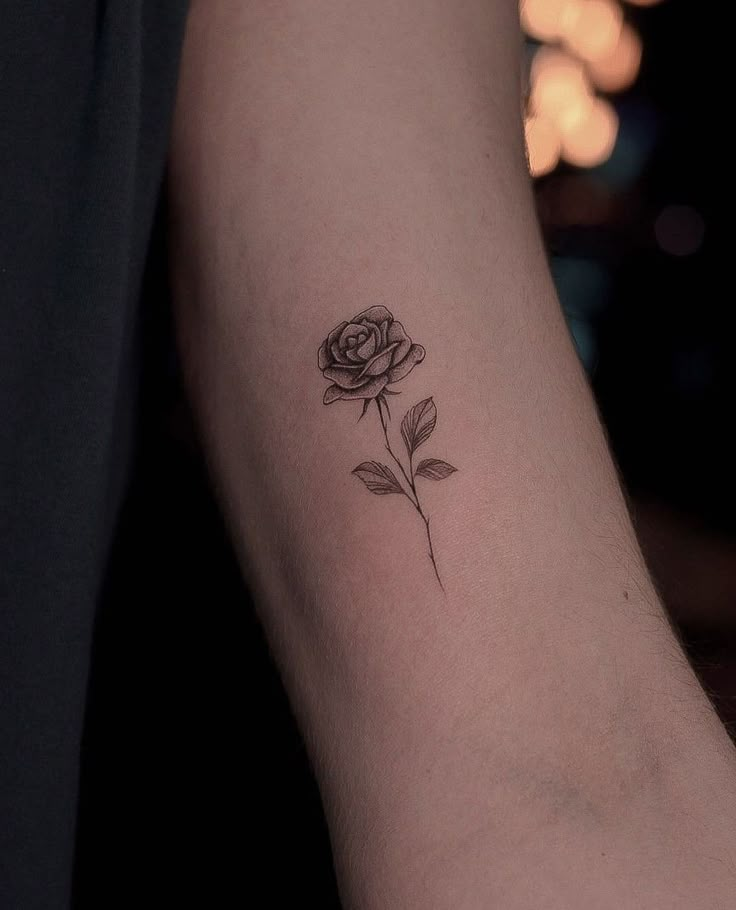

The design of a rose tattoo can be simple or detailed, and it suits many parts of the body. Its versatility allows for different styles, colors, and combinations with other images. This makes rose tattoos a favorite for many tattoo lovers.
Choosing the right design and artist is important to get a tattoo that lasts and looks good. Taking care of a rose tattoo properly helps it heal well and maintain its appearance over time.
Key Takeaways
- Rose tattoos often represent love, beauty, and strength.
- Designs vary widely, fitting many styles and placements.
- Proper artist choice and aftercare improve the tattoo’s look and durability.
Meaning of Rose Tattoos


Rose tattoos carry specific ideas connected to beauty, love, and life. Their meanings change based on culture, history, and color. These details help people choose designs that show what matters to them.
Symbolism of Roses in Tattoo Art

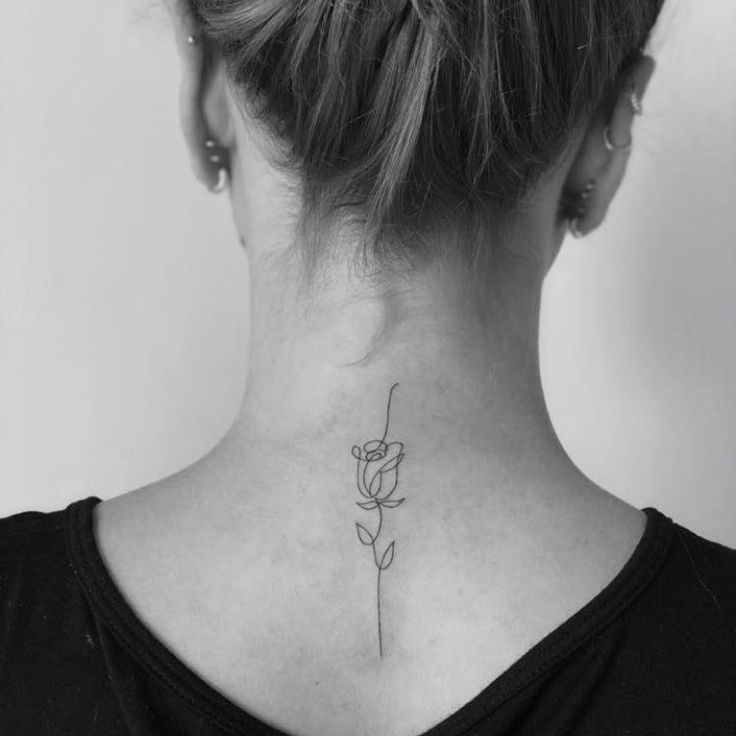
Roses often symbolize beauty and passion. They stand for love, strength, and balance, combining softness and toughness with their petals and thorns. Many choose rose tattoos to show romantic feelings or personal growth.
In tattoo art, roses can also mean new beginnings or remembrance. The shape and style of the rose can change its meaning, such as a fully bloomed rose representing maturity or a bud meaning youth. Its popularity comes from this mix of deep symbolism and striking looks.
Historical and Cultural Significance
Roses have deep roots in several cultures. In Ancient Greece and Rome, roses were linked to the goddess of love, Aphrodite or Venus. This connection gave roses a long-standing association with romance and beauty.
In Christianity, the rose represents purity and the Virgin Mary. Medieval art used roses to symbolize secrets or hidden meanings. The rose has also appeared in literature, symbolizing life’s fragility and intense emotions throughout history.
Common Interpretations by Color
Colors affect the meaning of rose tattoos the most. Here’s a simple guide:
| Color | Meaning |
|---|---|
| Red | Love, passion, respect |
| White | Purity, innocence, new beginnings |
| Yellow | Friendship, joy, caring |
| Pink | Gratitude, grace, admiration |
| Black | Mourning, loss, strength |

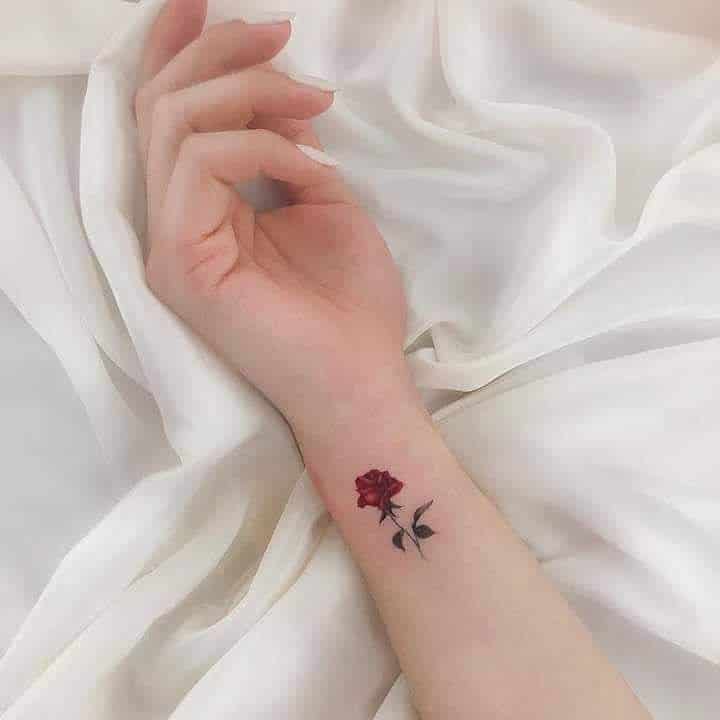
Choosing a rose color depends on what message the wearer wants to show. Each shade gives a clear, unique expression that changes the tattoo’s meaning.
Popular Rose Tattoo Designs
Rose tattoos come in many styles, each with unique looks and meanings. Some focus on bold colors and outlines, while others aim for lifelike detail or simple, modern shapes. Choosing a style often depends on the wearer’s personal taste and the message they want to send.
Traditional Rose Tattoos


Traditional rose tattoos feature thick, black outlines with bright colors like red, green, and yellow. This style often includes leaves and sometimes a banner with text. It has a classic, old-school feel dating back to early sailor tattoos.
The design is bold and easy to recognize from a distance. Many people choose traditional roses for their timeless look and strong symbolism of love and bravery. The simple shading keeps the tattoo clear over time, making it a popular choice for beginners.
Realistic Rose Tattoo Styles


Realistic rose tattoos focus on detailed shading and color gradients to mimic a real flower. Artists use fine lines and soft colors to create a lifelike effect. These tattoos often include drops of water or thorns for added realism.
This style appeals to those who want their tattoo to look like a natural rose. It requires skilled artists and more time to complete. Realistic roses symbolize beauty, life, and sometimes sadness, depending on the colors and added elements in the design.
Minimalist and Modern Rose Designs


Minimalist rose tattoos use simple lines or small shapes to show the flower. They often avoid color or use only black ink. The designs can be geometric or abstract, focusing on clean and crisp looks.
Modern rose tattoos appeal to people who prefer subtle or stylish body art. They work well on smaller skin areas like wrists or ankles. These designs are easy to add to or combine with other tattoos later. Minimalist roses often represent new beginnings or personal growth.
Rose Tattoos Placement Ideas
Rose tattoos can be placed in many areas on the body, depending on size and style. Popular spots offer different vibes, visibility, and space for detail.
Forearm and Arm Rose Tattoos


The forearm is a popular place for rose tattoos because it shows off the design without being too large. It’s easy to cover up if needed. Roses here can be small and simple or wrap around the arm for a more detailed look.
On the upper arm, a rose tattoo can be bigger and more detailed. This spot works well for color or black-and-gray designs. It also allows space for adding other elements like leaves or thorns, creating a fuller piece.
Chest and Back Rose Tattoos
The chest is ideal for larger rose tattoos or multiple roses. It gives a flat, broad area that suits symmetrical designs or work combined with other elements like hearts or script.
The back allows for the biggest and most detailed rose tattoos. It gives plenty of room for multiple roses, vines, and shading. This placement suits those who want a dramatic and highly visible tattoo when they choose to reveal it.
Rose Tattoo Combinations

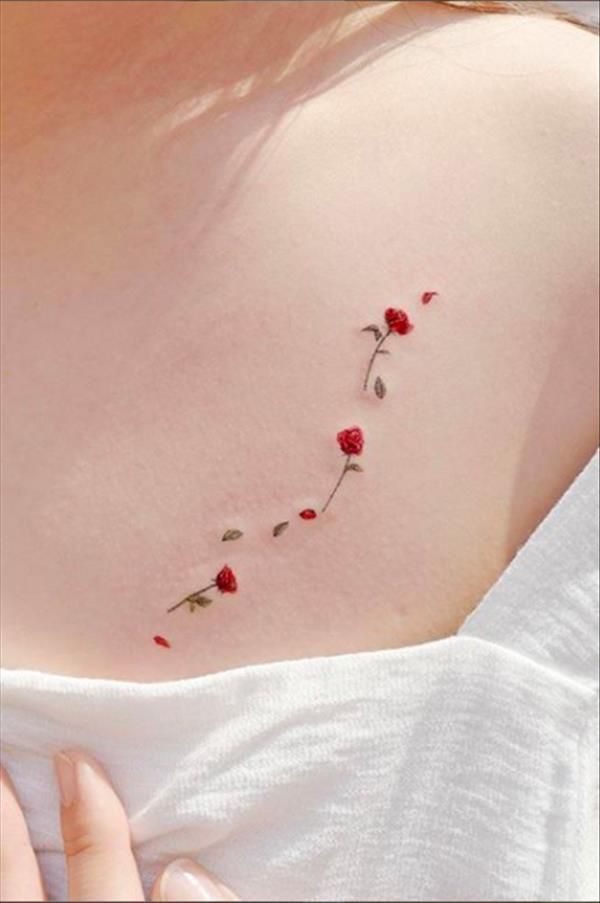
Rose tattoos can be paired with many different elements to create unique designs. Each combination changes the meaning and style of the tattoo. Colors, shapes, and the other images used affect how the rose is seen.
Rose and Skull Tattoos
Combining roses and skulls is a popular tattoo choice. The rose often represents life, beauty, or love. The skull stands for death or mortality. Together, they show a balance between life and death.
This combo is common in black and gray or colored ink. Red roses next to dark skulls add contrast. Some designs use realistic styles, while others go for a more traditional look. Placement on arms, chests, and backs is typical.
Rose with Names or Script
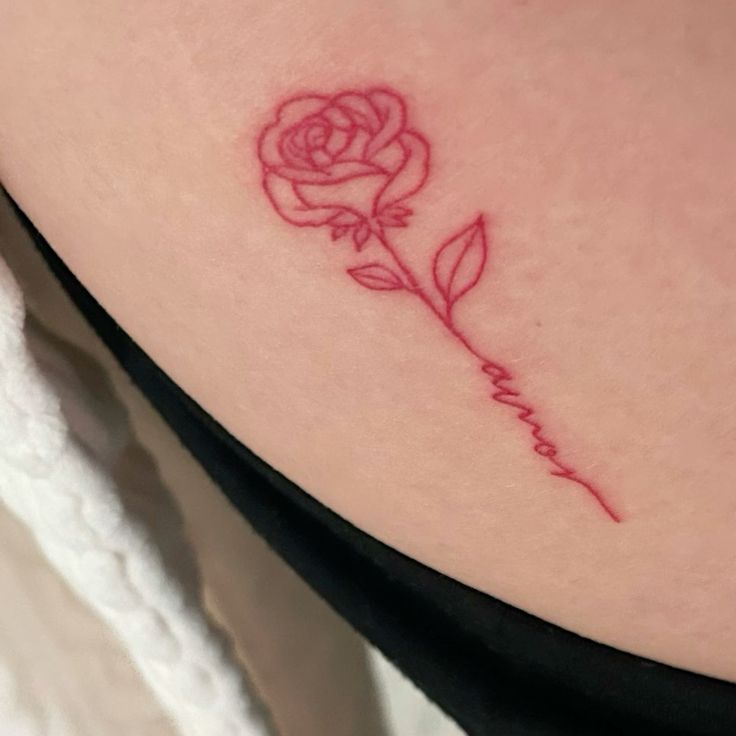

Adding names or script to a rose tattoo personalizes the design. It often honors a loved one, such as a partner, child, or friend. The text can be a name, date, or short phrase.
Script styles vary from cursive to bold block letters. The text may curve around the rose or run straight beneath it. This combination works well in small to medium sizes. It keeps the rose meaningful while adding a clear message.
Rose and Animal Motifs

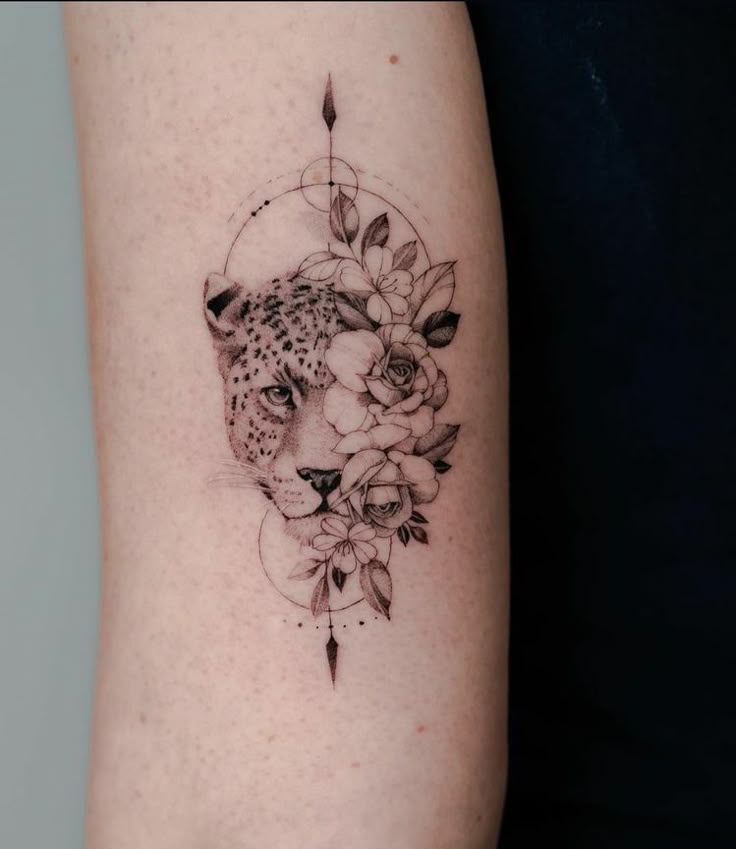
Pairing roses with animals adds character and meaning. Common animals include snakes, birds, and butterflies. Each animal changes the story told by the tattoo.
Snakes with roses can represent danger mixed with beauty. Birds such as sparrows show freedom or hope alongside the rose’s love symbol. Butterflies add transformation and growth to the image. This blend allows for colorful, dynamic tattoos that hold layered meanings.
Color Choices for Rose Tattoos

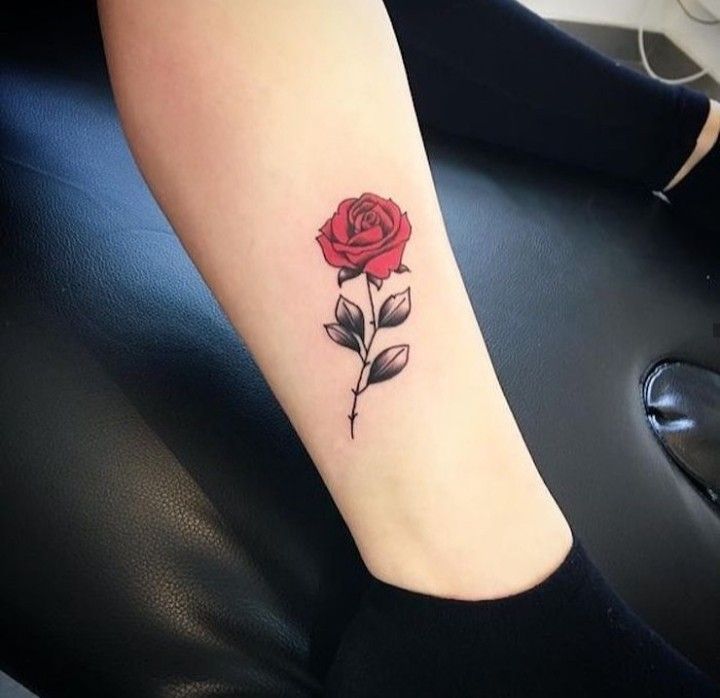
Rose tattoos come in many colors, each with its own meaning and style. The color choice affects the tattoo’s mood and message. Some stick to classic shades while others explore unique tones for a modern look.
Red Rose Tattoos


Red rose tattoos are the most common and represent love and passion. The bright red color is bold and captures attention easily. It works well with detailed shading to show the petal layers clearly.
People often choose red roses to symbolize romance or deep emotions. The color can also highlight strength and respect. Red looks great on most skin tones and holds up well over time with proper care.
Black and Grey Roses
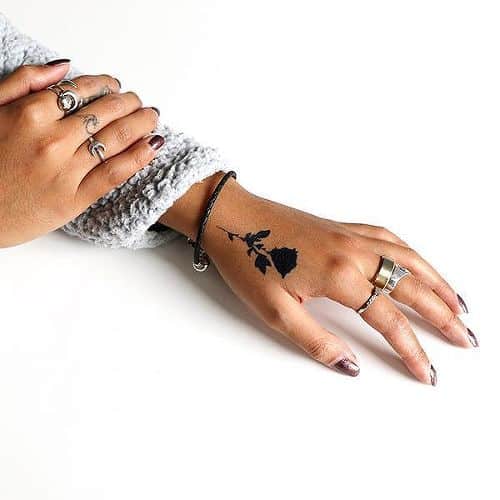

Black and grey rose tattoos focus on contrast and texture instead of color. They have a classic, timeless feel and can appear both elegant and edgy. This style uses shading to create depth and detail.
These tattoos are popular for those who want a subtle or somber look. Black roses can symbolize loss, mystery, or rebellion. Grey tones soften the design and add a vintage touch. This choice suits any gender and works well on various body parts.
Unique Color Variations
Some people choose unusual colors like blue, purple, or even multicolored roses. These choices can represent creativity, fantasy, or personal meaning. Blue roses, for example, symbolize mystery or achieving the impossible.
Bright or pastel shades stand out and offer a modern twist on the classic rose. Multicolored roses can mix meanings or simply add a vibrant, artistic vibe. Unique colors may require more frequent touch-ups to keep them looking fresh.
Choosing a Rose Tattoo Artist


Finding the right artist is important for a rose tattoo. The style of roses can vary widely, so the artist’s skill and experience matter.
Look for artists who specialize in floral designs or have done many rose tattoos. Check their portfolios online to see their work quality.
It helps to read reviews from previous clients. Positive feedback about cleanliness, professionalism, and patience is a good sign.
A good artist listens to the client’s ideas and offers advice. They should explain the process, pain, and aftercare clearly.
Here are some tips when choosing:
| What to Check | Why It Matters |
|---|---|
| Portfolio Quality | Shows skill and style specific to roses |
| Clean Studio | Ensures safety and hygiene |
| Client Reviews | Provides honest feedback about the experience |
| Communication | Indicates how well they understand your vision |
Booking a consultation before the tattoo can help. It allows clients to meet the artist and discuss the design in detail.
The right artist can create a rose tattoo that matches personal taste and lasts well over time.
Aftercare Tips for Rose Tattoos


After getting a rose tattoo, it is important to keep the area clean. Gently wash the tattoo with mild soap and lukewarm water twice a day. Avoid scrubbing or using rough cloths.
Applying a thin layer of fragrance-free lotion or tattoo ointment helps keep the skin moist. This prevents the tattoo from drying out and reduces itching.
The tattoo should be protected from direct sunlight. Sun exposure can fade the ink and cause irritation. Using sunscreen once the tattoo is fully healed is recommended.
Avoid soaking the tattoo in water. This means no swimming or long baths until the tattoo is fully healed to prevent infections.
Wearing loose clothing over the tattoo can help it heal faster. Tight clothes may rub against the skin and cause discomfort or damage.
If redness, swelling, or pus appears, it may be a sign of infection. In this case, a doctor or tattoo professional should be consulted right away.
Healing times can vary, but most rose tattoos take 2-3 weeks to heal on the surface. Deeper healing may take longer. Patience and proper care are key.
Trends in Rose Tattoos
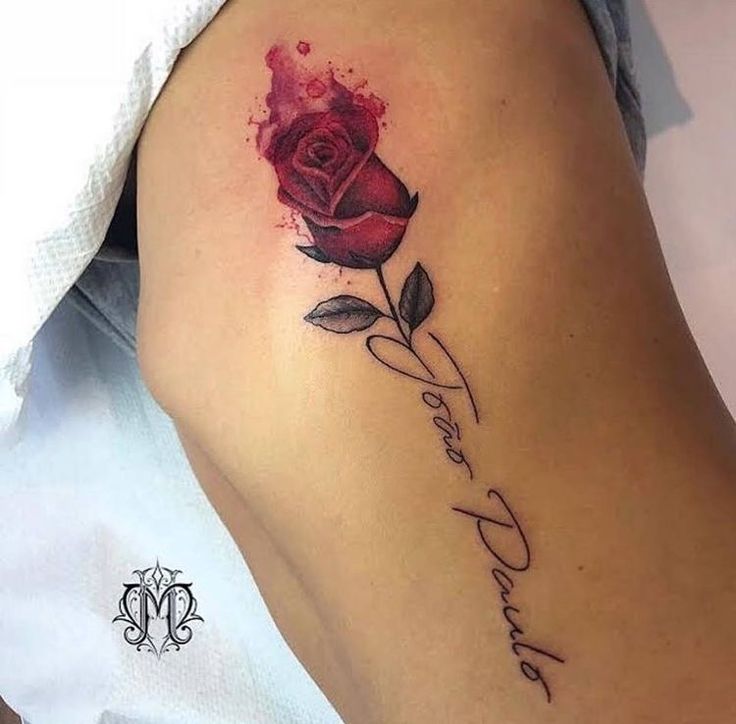

Rose tattoos remain popular because they offer many styles and meanings. Artists and wearers often choose designs based on personal symbolism or fashion trends.
One trend is minimalist rose tattoos. These use simple lines and little shading. They appeal to people who want subtle, elegant tattoos.
Another popular style is traditional rose tattoos. These feature bold colors like red and green with thick black outlines. They are inspired by classic tattoo art from the mid-1900s.
Watercolor rose tattoos have grown in popularity. They use colors that look like paint splashes. This style gives a soft, artistic feel to the rose.
Many people combine roses with other elements. Common additions include:
- Skulls
- Clocks
- Names or initials
- Butterflies
These mixtures create personal stories or add depth to the tattoo’s meaning.
Placement trends show that rose tattoos are often found on arms, shoulders, and backs. They can fit small spots or large areas, making them flexible for different preferences.
In summary, rose tattoos continue to evolve through simple designs, classic looks, and colorful art styles. Their adaptability keeps them relevant in tattoo culture.
Considerations Before Getting a Rose Tattoo


Choosing a rose tattoo requires thinking about its meaning. Roses often symbolize love, beauty, or balance. The color and style can change this meaning, so it is important to decide what message the wearer wants to share.
Size and placement are key decisions. A small rose works well on fingers or wrists, while larger designs suit arms, back, or chest. Some spots hurt more than others, so pain tolerance matters.
The style of the rose affects the tattoo’s look over time. Traditional, realistic, or minimalist roses each age differently. Discuss with a tattoo artist which style fits best with skin type and lifestyle.
Care and maintenance are vital. Rose tattoos, like others, need sun protection and moisturizer. Proper healing reduces the chance of fading or infection.
Common questions to ask:
- What size fits the chosen body part?
- Which ink colors will last longer?
- How should one care for the tattoo after finishing?
Planning these points helps avoid regrets later. Taking the time to research and communicate with the artist is important.
- 339shares
- Facebook0
- Pinterest339
- Twitter0



